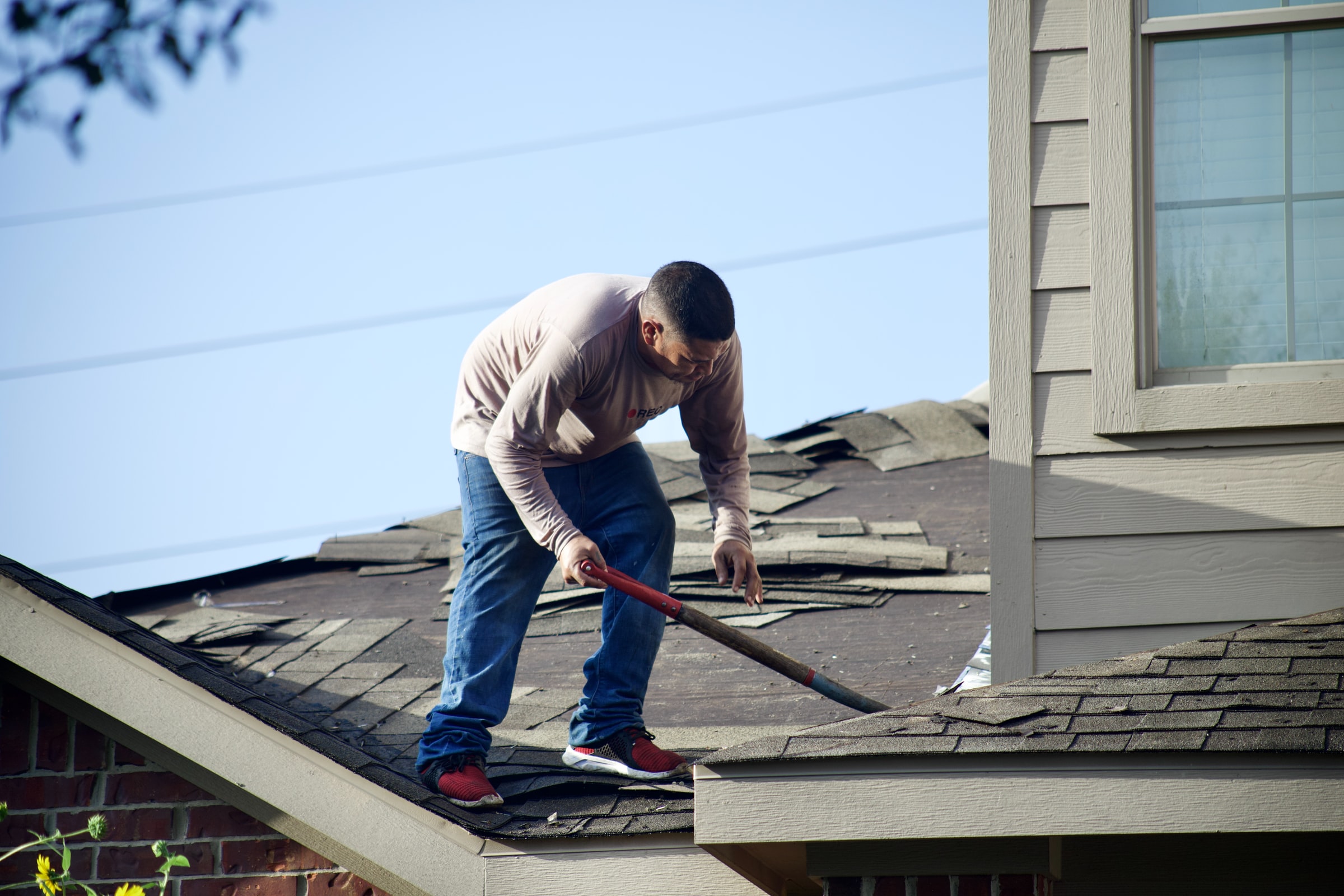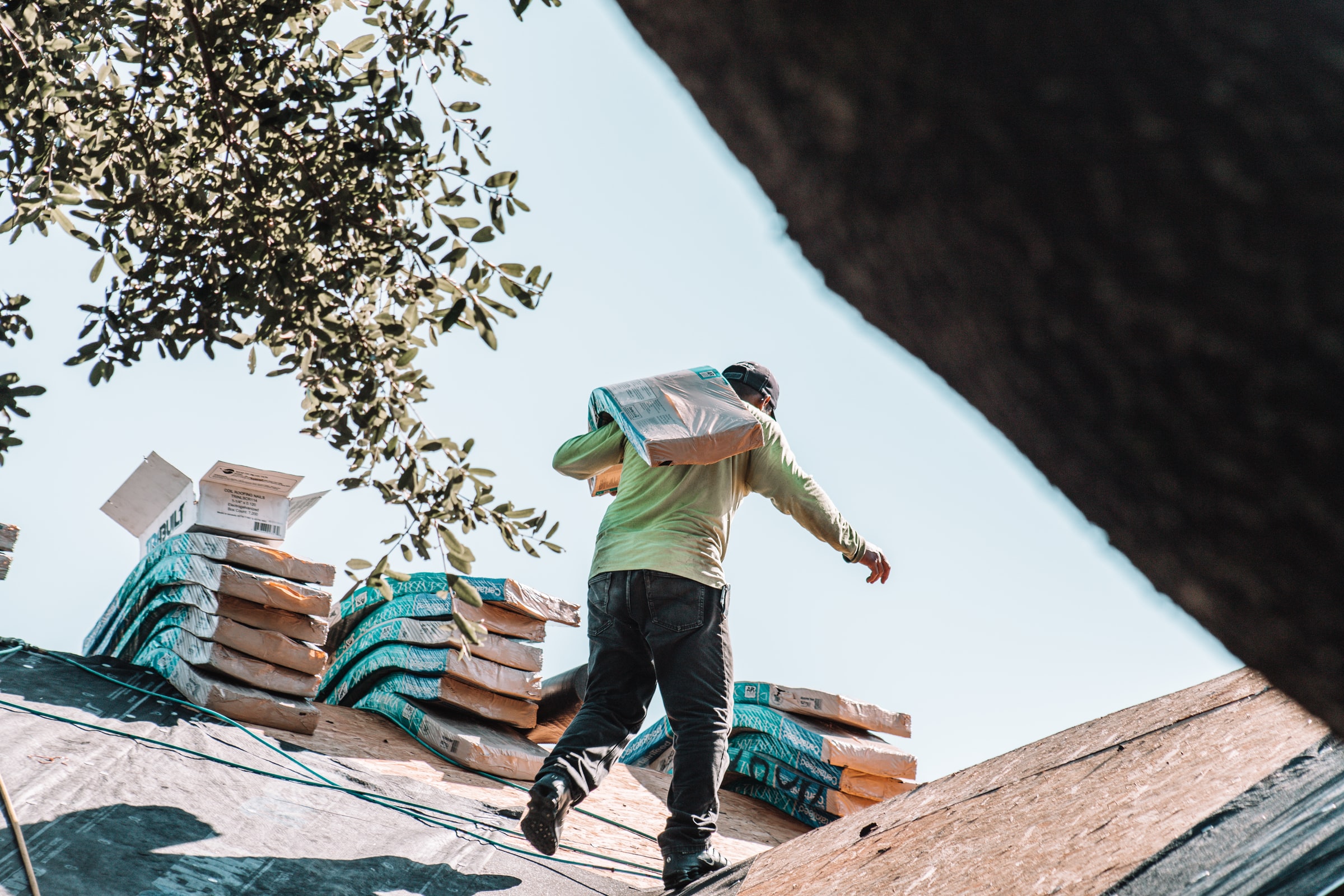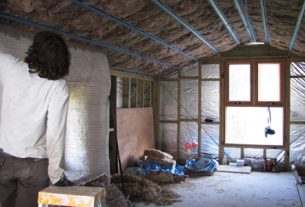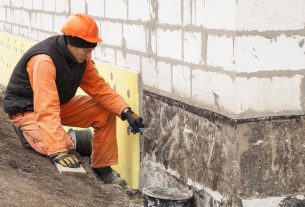A beautiful facade with a personalized touch is achieved during the finishing work. Like a honed finish, a rough finish is also in trend to give your facade a new look. This is the plaster wall covering, which is both decorative and inexpensive. Roughcast is a decorative plaster that can be applied inside and outside a house.
Unlike smooth finish, the term plaster refers to small grains that form a slightly stippled and grainy finish. A thin layer of roughcast is applied to the smooth surface in the finishing stage to bring out this decorative effect. So, without further ado, let’s dive into this blog and learn some of the things you need to know about facade plaster.
The use of Tyrolean plaster and the preparation of the surface

As a reminder, the plaster is suitable for stone, concrete, or brick wall cladding covered with an undercoat or a box but is not suitable for a wooded surface. Moreover, applied in fine proportion to cover a finish, this type of rendering requires a smooth, clean surface, free of mildew and imperfections. Indeed, only a thickness of 3 to 10 mm is applied to decorate the wall finish.
Therefore, the plaster is not intended to cover holes and other defects in the surface. Render is a delicate material and is not very weather resistant. Therefore, avoid applying it in winter or in the high-temperature summer season at the risk that it does not hold or that cracks appear.
The realization of a wall rendering
The plaster is a light and economical product. It is sold in large hardware stores in different shades, but you can also make it at home with a few materials, including a mixture of sand, water, and cement. Just be sure to respect the dosage of the composition. For example, add an equal proportion of cement and sand with enough water to obtain a liquid and sticky texture with a trowel.
The dosage is already marked on the instructions when you buy the ready-to-use plaster. For example, 25 kilos of plaster will be mixed in a concrete mixer with 6.5 to 7 liters of water. You can also color the mixture to give it an even more attractive appearance. Call on a facade plasterer to make a facade plaster.
The application of a plaster

The render must be applied on a wet surface to ensure a good bonding or penetration. The projection of plaster on the wall surface is done with a trowel, a projection lance, or a plastering machine. It is preferable to apply it from top to bottom. In addition, depending on the desired finish, plaster can be applied in several ways, including scraped plaster, sprayed plaster, floated plaster, and renovation plaster.
Sprayed plaster is the classic type of plaster that does not require any troweling or leveling work after it is sprayed on the wall. Its realization is carried out in 2 stages. The first layer is projected perpendicular to the wall. This one must be drawn up with a scraped rule. At the same time, the scraped plaster must be reworked for a more modern and elegant finish.
The second layer is applied perpendicular to the wall and smoothed with a knife. And to give a scraped finish, use either a scraping ruler or a trowel. For the case of a plaster taloché, it has a smooth and perfect. Its realization requires the speed and expertise of facade workers or professional masons, which makes its cost a little more expensive. To achieve this type of facade coating, contact a professional facade builder.
Sound off in the comments section below, and tell us what you want to read next and if you want to read more about facade plaster.



